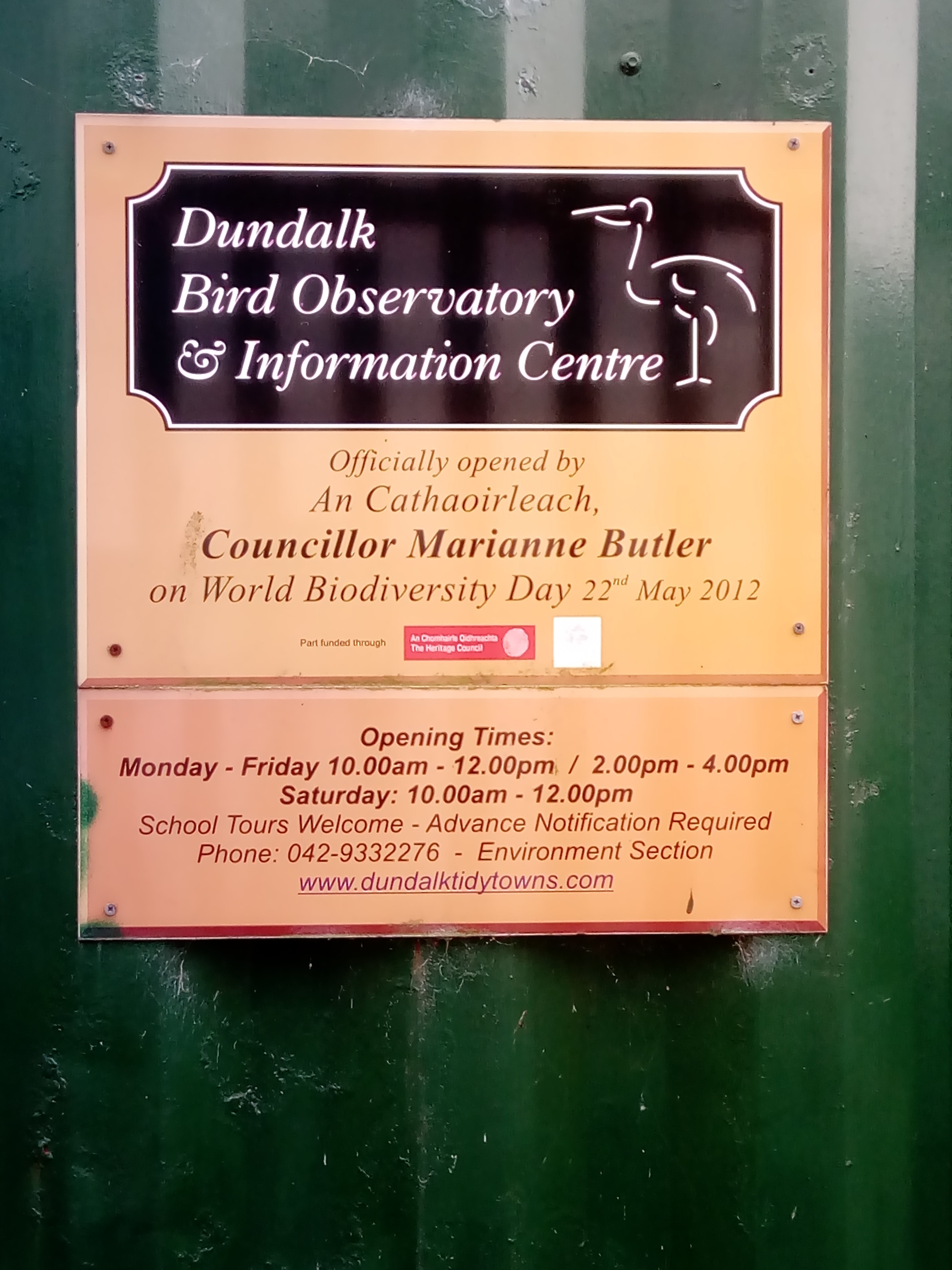April is the month when many of the winter species leave for their breeding grounds further north and summer species arrive to breed here in Ireland. The arrival of swallows and terns is the signal of the start of spring. The accompanying chorus of songbirds and hopefully sunny weather makes for a different birding experience to winter.
Baltray
Louth Nature Trust is a voluntary, non-profit organisation which was established in February 2008. It is a conservation group formed to protect the county's natural resources and to aid in promoting awareness of, and interest in the landscape, wildlife, flora and fauna of Co. Louth.
Little Tern Conservation Project
In collaboration with the National Parks and Wildlife Service and the Heritage Council, the Louth Nature Trust has embarked on managing the Little Tern Conservation Project at Baltray. Little Terns are Ireland's rarest breeding seabirds which nest at only a few sites in Ireland. They require protection as the birds nest on the beach, leaving their chicks and their eggs vulnerable and in need of protection from dogs, walkers, various natural predators and other disturbances.
Visit Louth Nature Trust facebook page for more details.
Carlingford Lough:
Carlingford and its environs is an ideal place to watch birds, both for beginners and for experts. The combination of habitats include
- wide area of mudflat and sand-flat in Carlingford Bay
- the Lough's estuarine character
- beaches of both shingle and sand to the south
- mountain and woods in the surrounding countryside
- hedgerows, reed beds, marsh, streams and small ponds along the shore
Dundalk Bay:
As well as being a beautiful, scenic area, Dundalk Bay is one of the most important places in Ireland for migratory coastal birds, known collectively as ‘waterfowl’.
Many species of birds carry out the most extraordinary spring and autumn migrations, in order to take advantage of rich (and otherwise underexploited) seasonal food resources available in summer (only) in cold, northerly countries. They then fly back south to spend the winter in warmer, more southerly countries (such as Ireland!). Swifts and swallows are familiar migrants that perform the opposite migration, coming here each spring from their wintering areas in southern Africa.
Birds found on or around Dundalk Bay during the winter may have spent the summer, and bred, in arctic Canada, Greenland, Iceland, Spitsbergen/Svalbard, Scandinavia or Russia. Dundalk Bay is therefore ‘internationally important’ as it supports significant populations of wild birds from across a large swathe of the northern hemisphere.
Dundalk Bird Observatory
Located at Soldiers Point on the Navvy Bank, Dundalk Bird Observatory and information point was opened in May 2012. It is a two storey observatory which allows views of the bay from an elevated platform and the information points highlight the importance of this area which is both an EU Special Area of Protection and a Special Area of Conservation. Dundalk Bay is the most important area in the Country for migratory birds, playing host to 68,000 birds from all over northern Europe and Canada which winter here.
The observatory is open to the public from Monday to Friday 10am to 12noon and 2pm to 4pm. Saturday opening is from 10am to 12noon. Telephone +353 (0) 42 9332276.

Oscar Merne memorial bird hide at Lurgangreen
Directions. From Dundalk take the R132 (Old Dublin Road) in the direction of Castlebellingham. Parking at The Coachmans is avavilable.